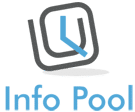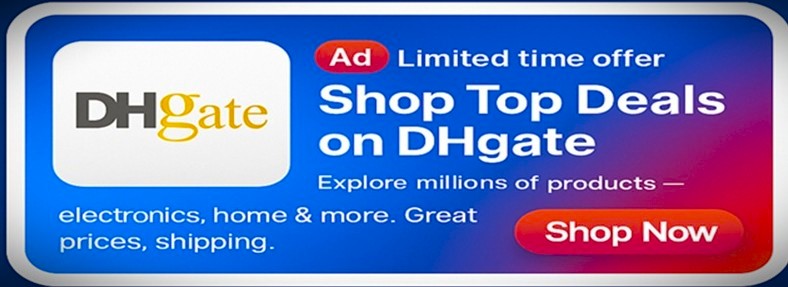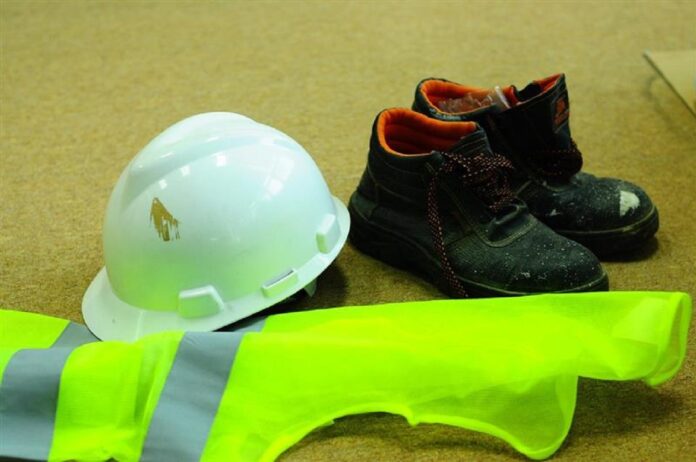Workplace incidents cost UK businesses billions. Not overall, but annually. Many of these accidents are preventable, and while the percentage is difficult to pinpoint, it’s clear that through systematic risk management, both the health and the economy could be improved. This guide looks at five proven ways that operations and HSE managers can slash day-to-day workplace risks, be it through safety signs provided by the likes of Seton, or through better preparation.
Make hazards impossible to miss: Safety signs & floor marking
Effective visual communication is going to be the foundation of your workplace safety. Safety signs, which are compliant with ISO 7010 standards, help achieve clear, universal recognition within workforces regardless of their culture. Strategic floor marking is also going to create clear pathways and hazard boundaries to prevent confusion during normal operations and emergencies.
Begin with an audit of the site to identify all hazard points and emergency routes. This will help come up with information display requirements too, and map high-traffic areas and machinery zones.
Signs should be picked based on standardised pictograms rather than text-heavy alternatives. ISO 7010 symbols get straight to the point, simply position them at eye level and with good lighting. Clear sightlines is everything, while floor marking ought to have contrasting colours.
Quick checklist:
- Are all hazards clearly marked?
- Do emergency routes have illuminated guidance?
- Are temporary hazards signed?
- Can signs be seen from typical angles?
Put the right PPE on the right people: Selection, fit & compliance
PPE selection means matching the right equipment to their associated risks, all while making sure there’s proper fit across your workforce. Generic approaches are a common point of fail, while effective programmes assess individual roles, conduct fit testing, and maintain equipment standards that actually protect workers rather than just ticking off compliance checklists. It shouldn’t even be seen as “above and beyond”, as compliance alone is clearly not sufficient given the data.
Role-based risk assessments are quick to make and these determine the precise PPE requirements. A warehouse operative needs different protection from a maintenance technician. Construction PPE is unique to its own risks, for example. Document these requirements very clearly, all while specifying performance standards rather than merely the equipment types. This precision prevents costly over-specification while making sure protection is adequate. Fit testing for respiratory protection, hearing protection, and safety footwear should be for everyone. Poor fit, time and time again, compromises protection – as does a lack of training, so make sure the right workers receive the correct, bespoke training.
Be fire-ready every shift: Extinguishers, detection & evacuation aids
Fire readiness is what’s going to detect, suppress, and evacuate effectively. Modern fire safety is a lot to do with culture and attitude – it’s not just about having extinguishers. It’s about early warning systems, clear evacuation procedures, and aids that are reliable under very stress conditions when seconds are everything.
Assess fire risks by taking into account materials, processes, and occupancy patterns. Different fire classes of course require their own specific suppression methods. Water damages electrical equipment, while foam is wildly ineffective against metal fires. Map escape routes by taking into account potential fire spread patterns and smoke movement through your facility.
Detection systems should be maintained, up to date, and placed in the correct spaces. Optical smoke detectors are ideal for most office areas, while heat detectors work better in dusty workshops.
Quick Checklist:
- Fire risk assessment with class-specific suppression methods
- Detection systems appropriate to environment installed.
- Test these systems.
- Extinguishers positioned within 30 metres of potential sources
Treat incidents fast: First Aid Kits, Eyewash & AED coverage
It’s the rapid response to workplace incidents which will really help minimise injury severity. But remember, it also shows a duty of care, and this can be motivating – it’s good optics, even if it’s never needed. First aid is all about the positioning of appropriately stocked kits, emergency eyewash stations, and automated external defibrillators – this is based on specific workplace risks and response time requirements.
Calculate requirements based on workforce size, shift patterns, identified risks, among other variables. High-risk environments of course need more comprehensive coverage than standard offices. Position equipment with a conseration to its access during emergencies, and assign someone in charge of regular checks to make sure it’s fully stocked.
Quick checklist:
- First aid coverage based on workforce and risk levels
- Kits stocked for specific workplace hazards
- Eyewash stations within 10 seconds of chemical spaces
- AED units positioned for optimal response times
Lock Out Energy, Lock Out Accidents: Effective Lockout/Tagout (LOTO)
LOTO procedures are what helps prevent machinery-related fatalities. They ensure complete energy isolation during maintenance activities – think of it like putting a website into maintenance mode when changing its code. It requires proper equipment and rigorous training, and a system that creates accountability throughout the process.
Identify all energy sources for each piece of equipment, be it electrical, hydraulic, pneumatic, thermal, or stored energy systems. Document the isolation procedures very clearly, and specify the exact steps and required tools. Generic procedures will fail when maintenance personnel come across unexpected configurations.
Quick checklist:
- All energy sources identified and documented
- Personal lockout devices with unique keys assigned
- Procedures cover both individual and group lockout scenarios
- Regular audits and refresher training programmes
These five essentials are what will help your firm create layered protection that reduces workplace incidents when implemented systematically – all done with proper leadership commitment and ongoing maintenance.






